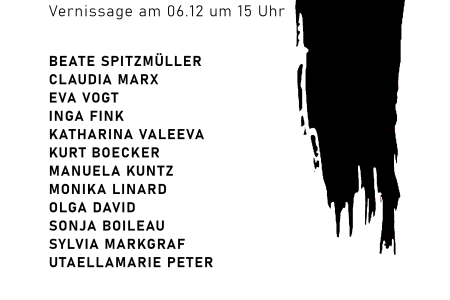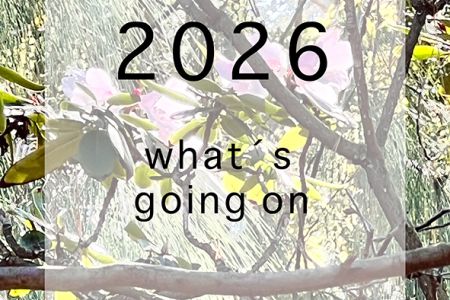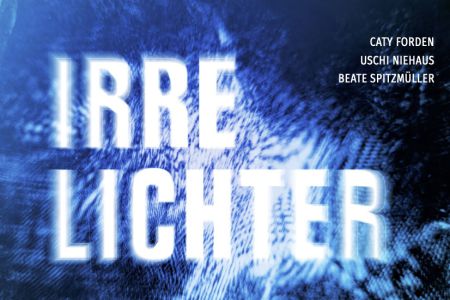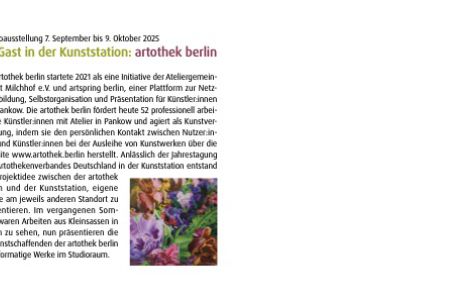Movement - in Time
An exhibition of Frauenmuseum Berlin as a guest at Pavillon am Milchhof
Opening : 05th July 2024, 7pm
Location : Pavillon am Milchhof, Schwedter Straße 232, 10435 Berlin milchhofpavillon.de
Duration: 06.7. – 27.7.2024
Konzept / Projektleitung : Beate Spitzmüller
Kuration: Judith Brunner, Caty Forden, Andrea Golla, Beate Spitzmüller
Grafik : Ulrike Dornis
Künstlerinnen der Ausstellung:
Caroline Armand, Judith Brunner, Ulrike Dornis, Caty Forden, Ina Geißler, Ulrike Gerst, Andrea Golla, Harriet Groß, Margret Holz, Rachel Kohn, Verena Kyselka, Uschi Niehaus, Roswitha Paetel, Kathrina Rudolph, Zuzanna Schmukalla, Annette Selle, Beate Selzer, Anja Sonnenburg, Beate Spitzmüller, Marianne Stoll, Regina Weiss, Sibylla Weisweiler, Marcelina Wellmer
Once again, the Frauenmuseum Berlin artists' network explores the theme of “wandering”. Following exhibitions at the Kunstverein Ebersberg (2021) and various locations in Neuruppin (2022), this year 25 artists from the Frauenmuseum Berlin continue the series with the exhibition “Movement - in Time” in the pavilion at the Milchhof. As the exhibition title reveals, the concept of movement is examined. When walking, physical movements occur together naturally with one’s mental wandering. The rhythm of walking stimulates concentration. Not only a discovery by today's neuroscientists, even ancient philosophers were convinced that walking promotes thinking, opening the mind to chance discoveries and encounters - in the environment as well as in our own thoughts. In addition, rhythm stimulates different sensory impressions which can be perceived not only auditorily, but also tactilely and visually. Certain rhythms can promote meditative or even trance-like states, for example through shamanic practices or techno music. As every city is characterized by its own rhythm and sounds so too are the works of art shown in the exhibition “Movement - in Time” of great diversity. The artists work with different techniques, media and materials - from painting, drawing and sculpture, to video, installation, and performance. The concept of rhythm runs throughout the exhibition and can also be felt in the arrangement of the works in the room. Uniform, repetitive elements encounter irregularities. Just as when new impulses and discoveries in the world around us and in our thoughts spark novel perceptions, even when the destination and route are familiar - the exhibition leads us towards the unknown through the known.



